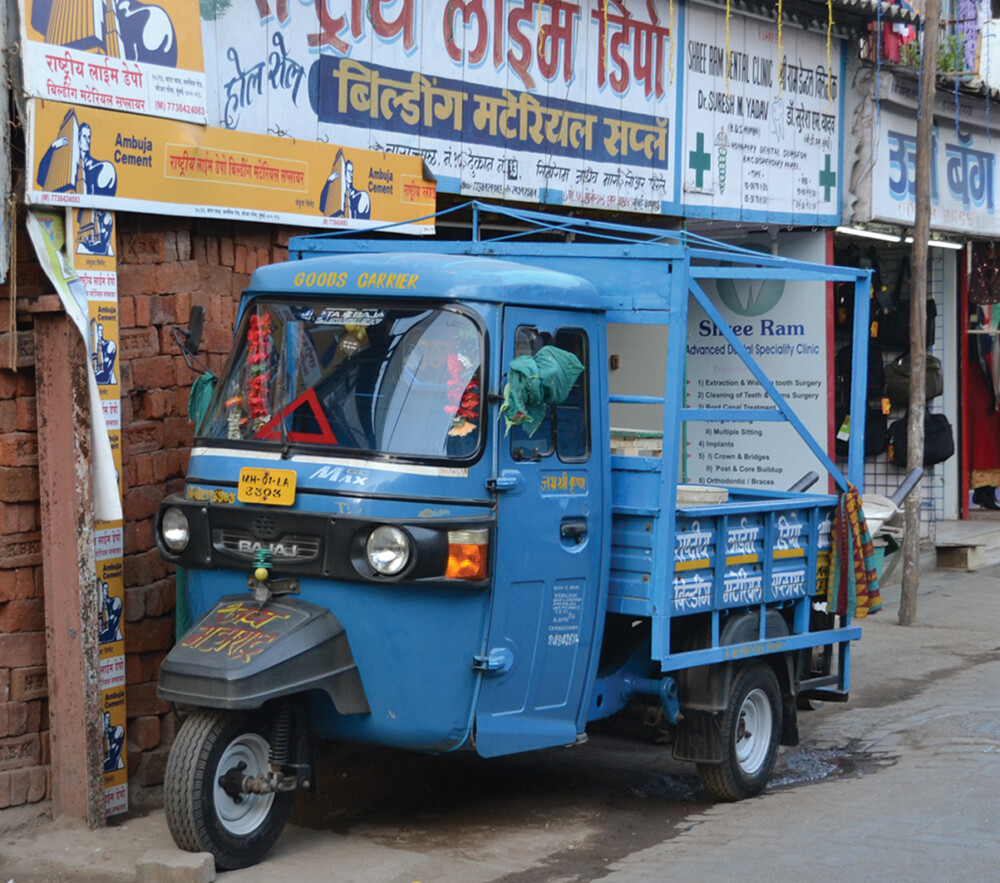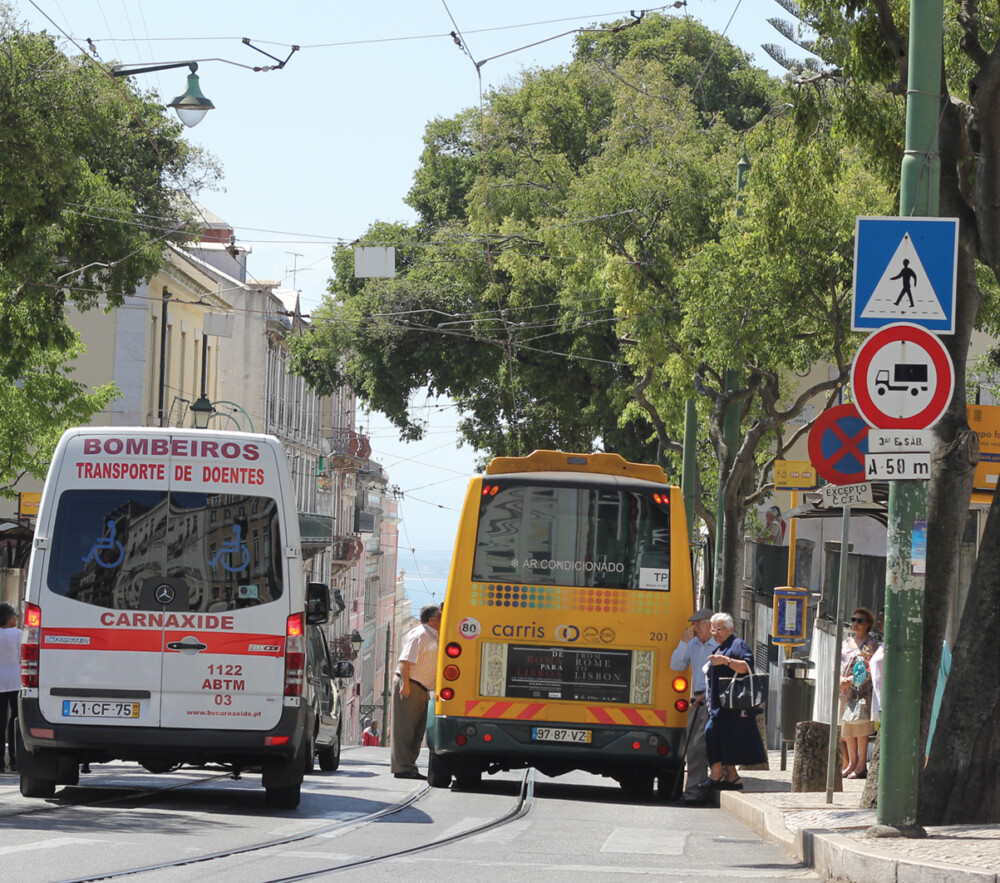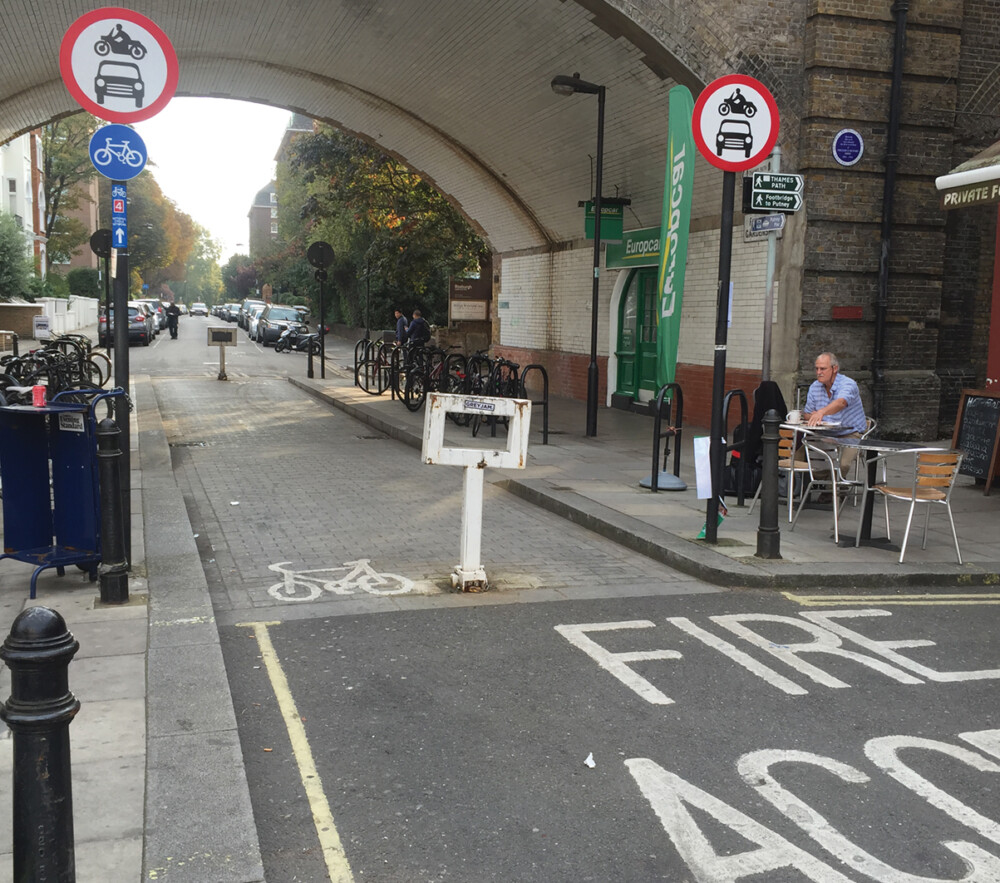-
About Streets
- Introduction
- Defining Streets
-
Shaping Streets
- The Process of Shaping Streets
- Aligning with City and Regional Agendas
- Involving the Right Stakeholders
- Setting a Project Vision
- Communication and Engagement
- Costs and Budgets
- Phasing and Interim Strategies
- Coordination and Project Management
- Implementation and Materials
- Management
- Maintenance
- Institutionalizing Change
- Measuring and Evaluating Streets
-
Street Design Guidance
- Designing Streets for Great Cities
- Designing Streets for Place
-
Designing Streets for People
- Utilities and Infrastructure
- Operational and Management Strategies
- Design Controls
-
Street Transformations
- Streets
-
Intersections
- Intersection Design Strategies
- Intersection Analysis
- Intersection Redesign
- Mini Roundabout
- Small Raised Intersection
- Neighborhood Gateway Intersection
- Intersection of Two-Way and One-Way Streets
- Major Intersection: Reclaiming the Corners
- Major Intersection: Squaring the Circle
- Major Intersection: Cycle Protection
- Complex Intersection: Adding Public Plazas
- Complex Intersection: Improving Traffic Circles
- Complex Intersection: Increasing Permeability
- Resources
Global Street Design Guide
-
About Streets
- Introduction
- Defining Streets
-
Shaping Streets
Back Shaping Streets
- The Process of Shaping Streets
- Aligning with City and Regional Agendas
- Involving the Right Stakeholders
- Setting a Project Vision
- Communication and Engagement
- Costs and Budgets
- Phasing and Interim Strategies
- Coordination and Project Management
- Implementation and Materials
- Management
- Maintenance
- Institutionalizing Change
-
Measuring and Evaluating Streets
Back Measuring and Evaluating Streets
-
Street Design Guidance
-
Designing Streets for Great Cities
Back Designing Streets for Great Cities
-
Designing Streets for Place
Back Designing Streets for Place
-
Designing Streets for People
Back Designing Streets for People
- Comparing Street Users
- A Variety of Street Users
-
Designing for Pedestrians
Back Designing for Pedestrians
- Designing for Cyclists
-
Designing for Transit Riders
Back Designing for Transit Riders
- Overview
- Transit Networks
- Transit Toolbox
-
Transit Facilities
Back Transit Facilities
-
Transit Stops
Back Transit Stops
-
Additional Guidance
Back Additional Guidance
-
Designing for Motorists
Back Designing for Motorists
-
Designing for Freight and Service Operators
Back Designing for Freight and Service Operators
-
Designing for People Doing Business
Back Designing for People Doing Business
-
Utilities and Infrastructure
Back Utilities and Infrastructure
- Utilities
-
Green Infrastructure and Stormwater Management
Back Green Infrastructure and Stormwater Management
-
Lighting and Technology
Back Lighting and Technology
-
Operational and Management Strategies
Back Operational and Management Strategies
- Design Controls
-
Street Transformations
-
Streets
Back Streets
- Street Design Strategies
- Street Typologies
-
Pedestrian-Priority Spaces
Back Pedestrian-Priority Spaces
-
Pedestrian-Only Streets
Back Pedestrian-Only Streets
-
Laneways and Alleys
Back Laneways and Alleys
- Parklets
-
Pedestrian Plazas
Back Pedestrian Plazas
-
Pedestrian-Only Streets
-
Shared Streets
Back Shared Streets
-
Commercial Shared Streets
Back Commercial Shared Streets
-
Residential Shared Streets
Back Residential Shared Streets
-
Commercial Shared Streets
-
Neighborhood Streets
Back Neighborhood Streets
-
Residential Streets
Back Residential Streets
-
Neighborhood Main Streets
Back Neighborhood Main Streets
-
Residential Streets
-
Avenues and Boulevards
Back Avenues and Boulevards
-
Central One-Way Streets
Back Central One-Way Streets
-
Central Two-Way Streets
Back Central Two-Way Streets
- Transit Streets
-
Large Streets with Transit
Back Large Streets with Transit
- Grand Streets
-
Central One-Way Streets
-
Special Conditions
Back Special Conditions
-
Elevated Structure Improvement
Back Elevated Structure Improvement
-
Elevated Structure Removal
Back Elevated Structure Removal
-
Streets to Streams
Back Streets to Streams
-
Temporary Street Closures
Back Temporary Street Closures
-
Post-Industrial Revitalization
Back Post-Industrial Revitalization
-
Waterfront and Parkside Streets
Back Waterfront and Parkside Streets
-
Historic Streets
Back Historic Streets
-
Elevated Structure Improvement
-
Streets in Informal Areas
Back Streets in Informal Areas
-
Intersections
Back Intersections
- Intersection Design Strategies
- Intersection Analysis
- Intersection Redesign
- Mini Roundabout
- Small Raised Intersection
- Neighborhood Gateway Intersection
- Intersection of Two-Way and One-Way Streets
- Major Intersection: Reclaiming the Corners
- Major Intersection: Squaring the Circle
- Major Intersection: Cycle Protection
- Complex Intersection: Adding Public Plazas
- Complex Intersection: Improving Traffic Circles
- Complex Intersection: Increasing Permeability
- Resources
- Guides & Publications
- Global Street Design Guide
- Designing Streets for People
- Designing for Freight and Service Operators
- Overview
Overview



A significant amount of traffic on urban streets is generated by the transportation and delivery of goods to local stores, factories, hotels, and other businesses. These vehicles are larger than regular cars and require dedicated space in order to load and unload their goods.
While the efficient, reliable movement of goods is critical for the functioning of a city, it must be carefully balanced with other uses and needs.
Freight vehicles often require larger operating and curb space. They may be channeled to designated truck routes and corridors or directed to remote freight distribution centers. Design travel lanes and intersections assuming large freight vehicles are infrequent users to minimize the impact on other street users.
Strategically locate access roads and truck routes so that the impact on local neighborhoods can be minimized. Encourage cleaner freight vehicles to reduce carbon emissions and provide buffers for noise and air quality alongside truck routes adjacent to residential areas.
Provide space for hand and cart movement in dense urban areas. Limit curb cuts and loading bays along corridors with heavy pedestrian flows and commercial activity. Work with local businesses and companies to understand specific needs while developing a citywide strategy.
Operating hours for freight activities and city services can be restricted to early mornings or late evenings to avoid conflict with daytime traffic and sustainable mobility modes.
Speed
Because of their mass, large vehicles and trucks speeds should be limited to 30 km/h in urban streets and never exceed 40 km/h. Urban streets should be designed to support a maximum of 40 km/h and turning radii that allow slow turns. See: Corner Radii.
Where small commercial vehicles and light trucks share the street with pedestrians, speeds should not exceed 10–15 km/h. See: Design Controls.

Variations
Vehicles for people delivering goods can range from large trucks and utility vehicles to hand carts and push carts for local distribution. City service vehicles vary drastically depending on context and include fire trucks, waste collection, and street cleaning vehicles. City streets should not be designed to accommodate large trucks on most streets. Where large trucks must be accommodated, design streets to allow access of multiple travel lanes to fit vehicle turning radii. Only cab-over trucks (flat nose) and low-cab trucks should be allowed in urban streets due to their increased visibility and safety.

Commercial Vehicles and Light Trucks
These trucks are generally used for carrying goods from ex-urbanized logistic centers to the city. They are bigger in scale compared to motorized personal vehicles but do not require wider corner radii or bigger lanes.

City Service Trucks and Emergency Vehicles
Dimensions of city services vehicles such as garbage trucks as well as emergency vehicles should be adapted to the local context and should be contained as much as possible.

Large Trucks in Designated Truck Routes
Large trucks can use the full intersection (invade the opposite lanes) while performing turns in signalized intersections on designated streets. That way, the curb radius can be kept as small as possible.

Adapted by Global Street Design Guide published by Island Press.
Next Section —